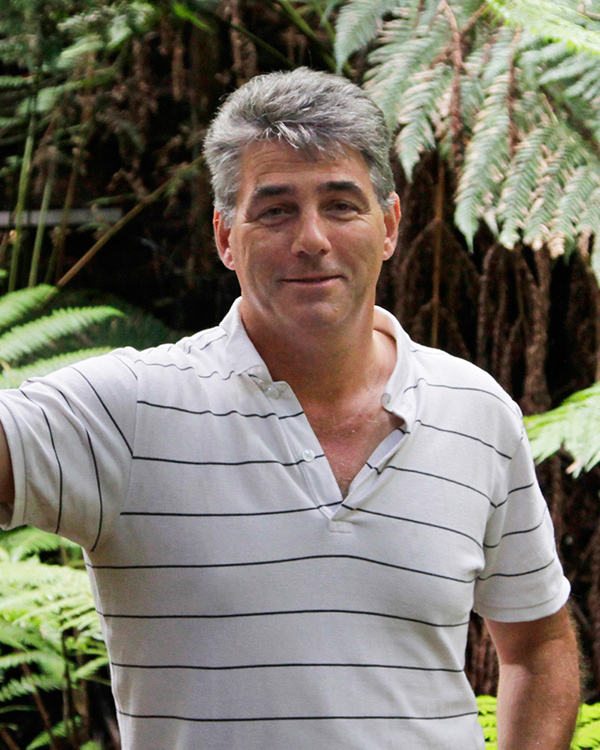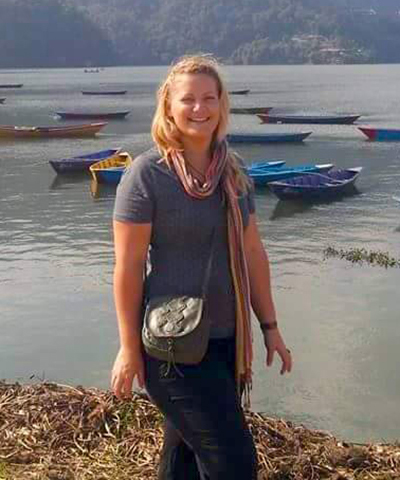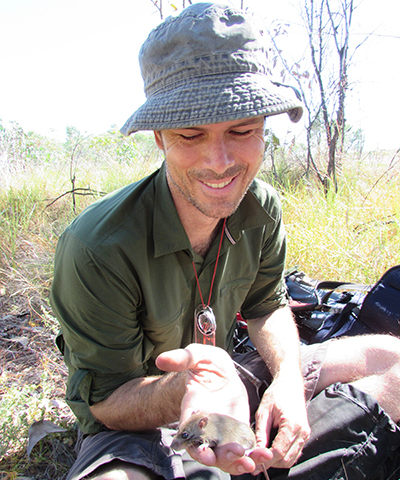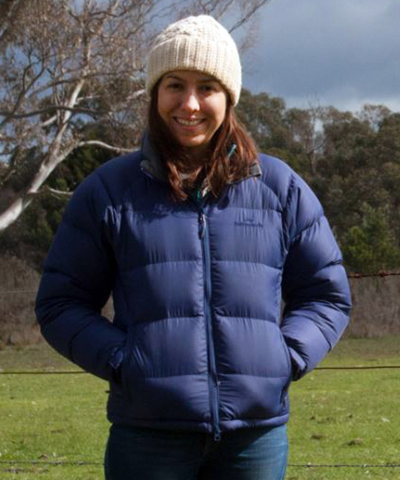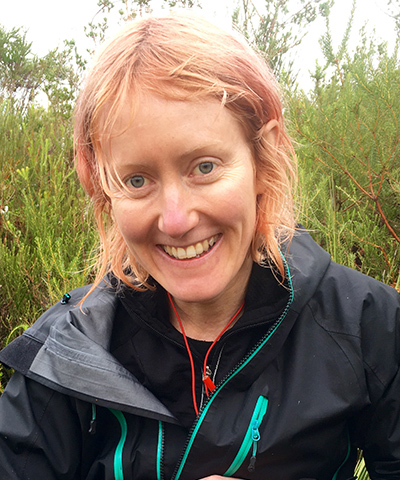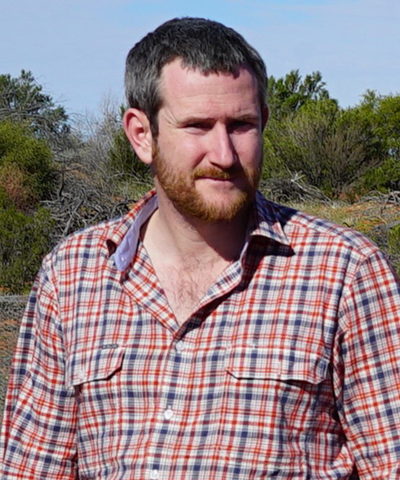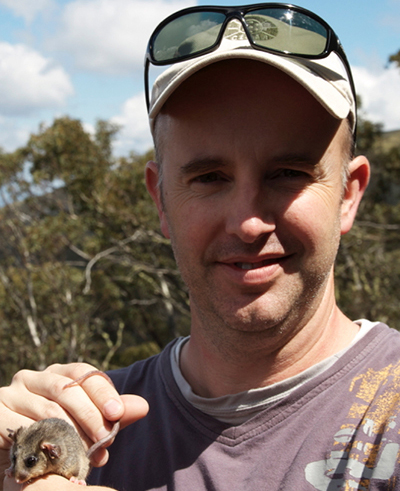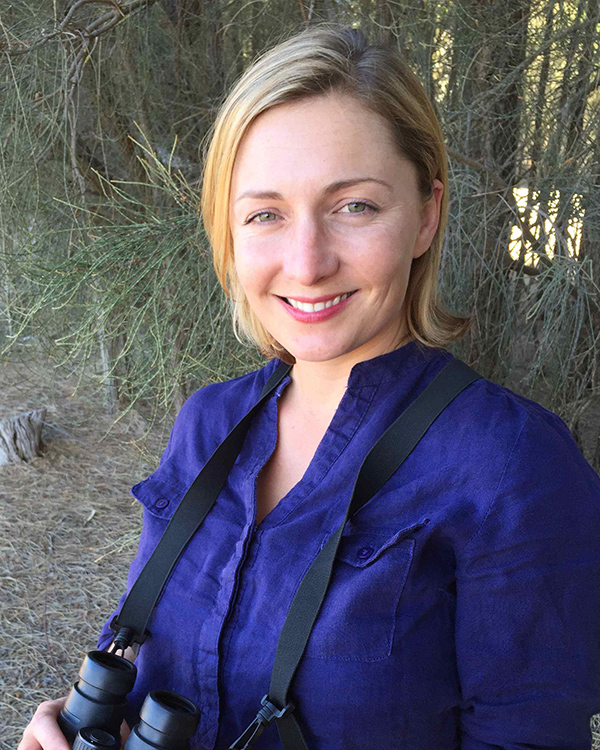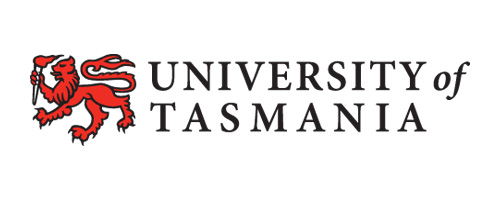
Project: 3.2
Improving threatened species monitoring
Project Leaders: David Lindenmayer , Sarah Legge
The conservation problem
This project aims to improve the design and implementation of cost-effective monitoring for threatened species. The project will assess the extent and quality of monitoring across threatened species, and seek to understand what contributes to good monitoring. The project will include a series of case studies that can act as exemplars of sound design, appropriate integration with management actions, and effective engagement with the community.
How this research is addressing the problem
This project will improve the design and implementation of cost-effective monitoring for threatened species through:
- Assessing the current status of monitoring across threatened species, and the features that affect the extent and quality of monitoring
- Reviewing and providing critical analysis of past and current approaches to threatened species monitoring, with the aim of producing best-practice guidelines to inform future monitoring programs
- Developing case study examples of monitoring approaches for threatened species, especially those that present particular design, implementation and/or interpretations problems
- Exploring the potential for new technologies (such as drones) and advances in statistical techniques to enhance our ability to monitor threatened species.
The assessment of the current status of monitoring of threatened species will provide a framework for the key features of an adequate monitoring program for threatened species, and highlight the attributes of species that make them most challenging to monitor, and therefore require specific focus. Case studies will include field trials in the Martu Determination and work in Booderee National Park, as well as the use of bioacoustic monitoring, drones and thermal imaging. The final subproject aims to collaborate with a large number of Indigenous and non-Indigenous partners to collate species detection data from across Australia’s deserts, and develop a blueprint for an enduring monitoring program across the arid zone. Working closely with other TSR Hub projects (e.g. projects 3.1), this project will create a framework for national monitoring and reporting of trends in populations of threatened species.
Some of the case studies will support Traditional Owners to meet their aspirations for threatened species conservation and land management, and provide training opportunities for individuals in Indigenous communities. It will also foster relationships between the research community, land management agencies and Indigenous groups.
This project involves the following subprojects:
Project 3.2.2.1 Using reintroductions to understand causes of mammal declines and extinctions at Booderee National Park
Project 3.2.2.2 Monitoring Threatened Species on Indigenous lands: Bilbies in the Martu Determination
Project 3.2.3 Bioacoustic monitoring of breeding in glossy and red-tailed black-cockatoos
Project 3.2.3.1 Using drones for biodiversity monitoring
Project 3.2.3.2 Thermal imaging for biodiversity monitoring
Project 3.2.5 Arid zone monitoring: Surveys for vertebrates across arid and semi-arid zones
Project 3.2.6 Evidence-based management protocols for recovery of multiple threatened woodland birds
Read more:
Keeping an eye and ear out for threatened species
Endangered bilby connects communities across time and space
Collaborating for conservation: Species monitoring
Image: Lumholtz's Tree Kangaroo by Matt Francey/Flickr (CC BY-NC 2.0)
-
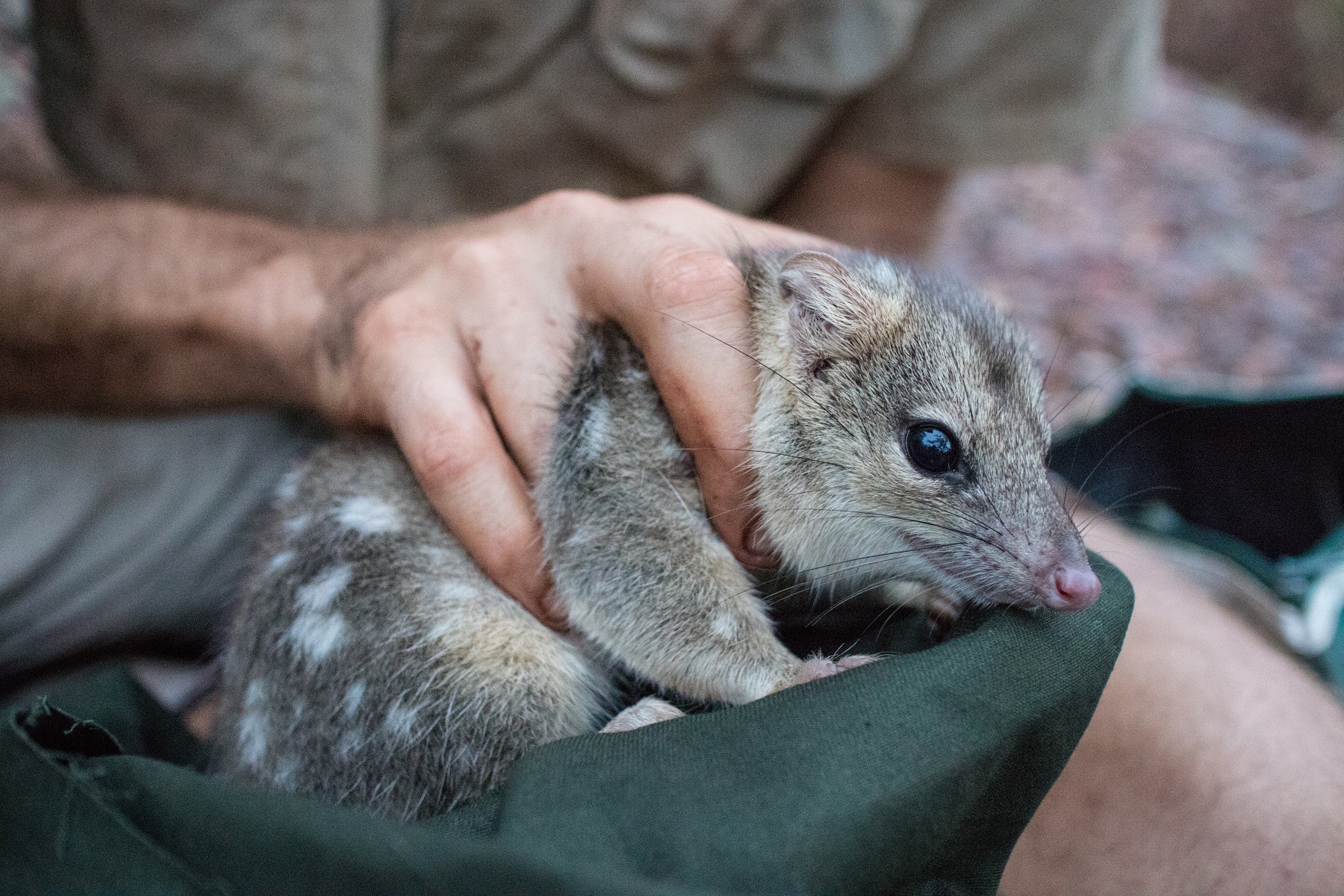
Monitoring for threatened species and ecological communities
Tuesday, 01 May 2018 -
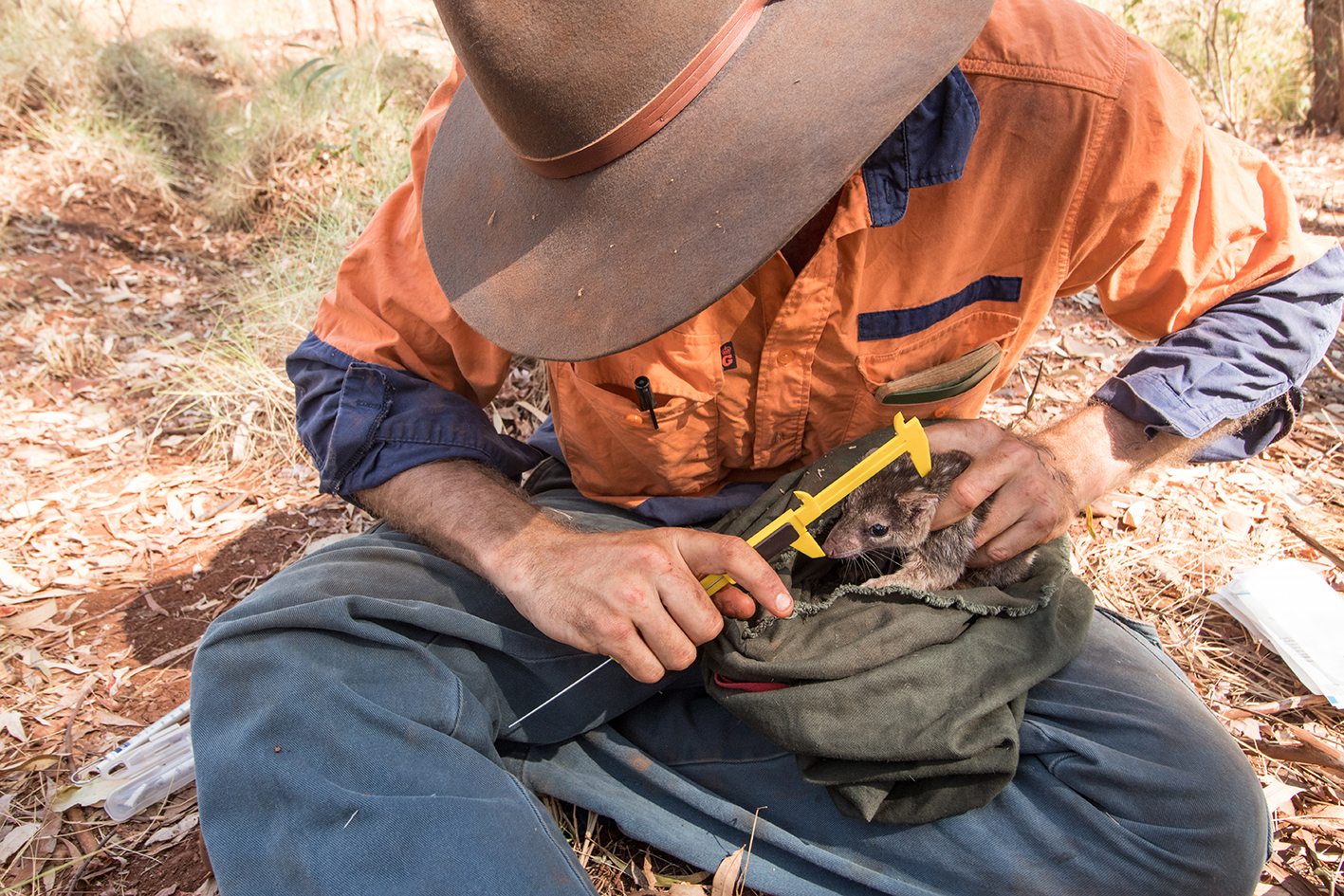
We need to know – the critical role of monitoring in Australia’s fight against extinctions
Thursday, 03 May 2018 -
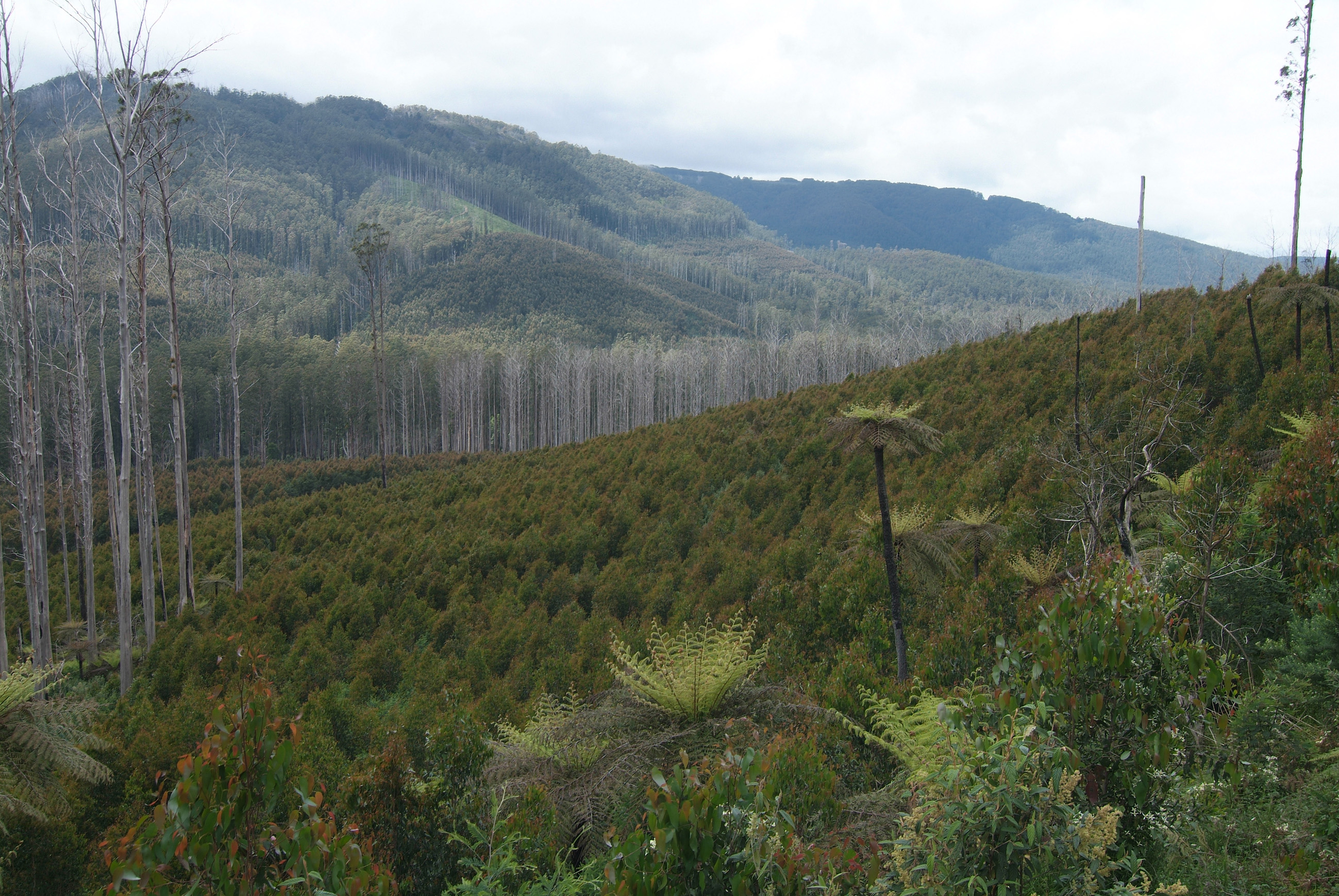
Videos: Environmental Economic Accounts for the Victorian Central Highlands
Monday, 11 December 2017 -

Collaborating for conservation: species monitoring
Monday, 10 October 2016
